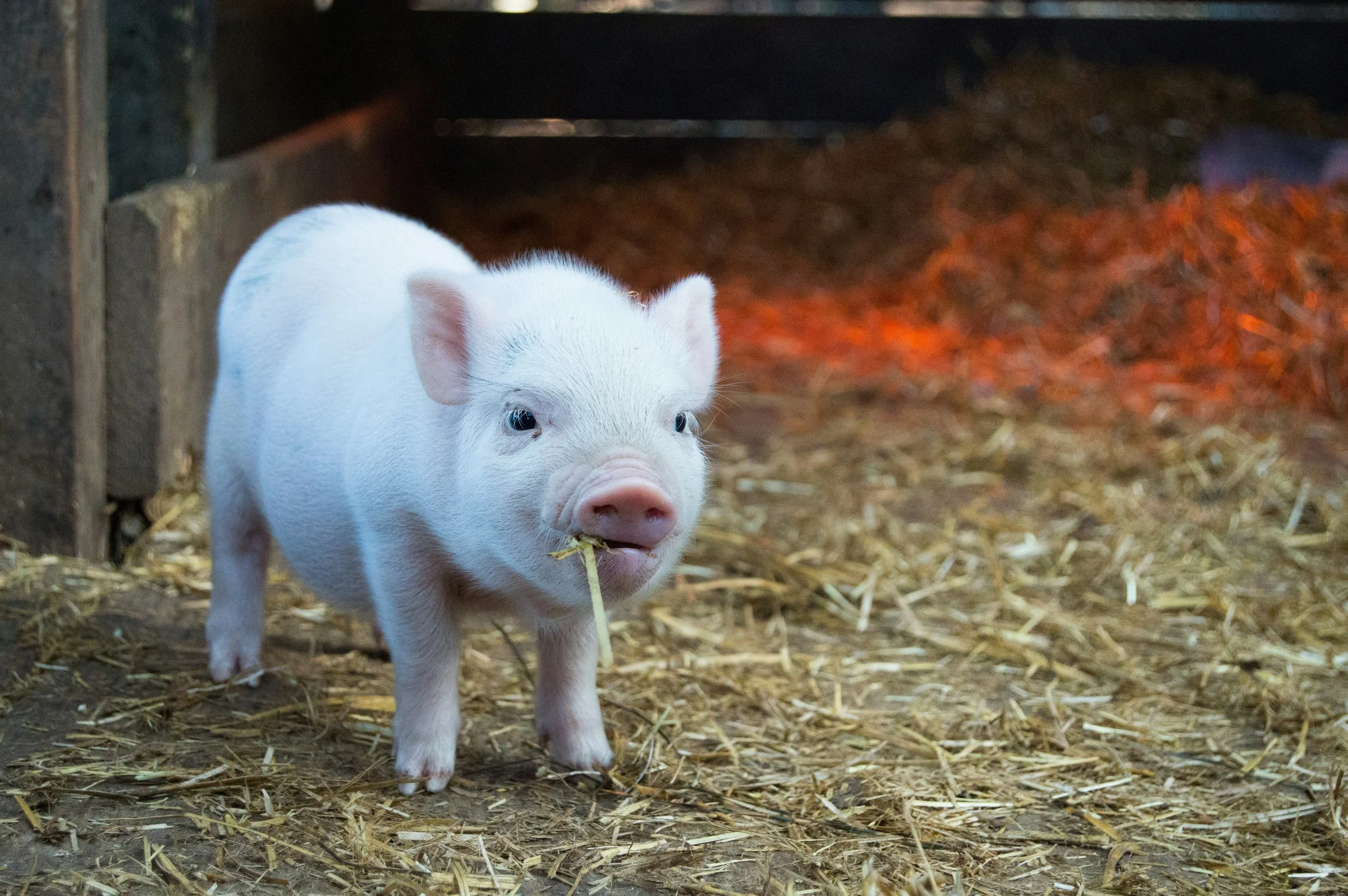Instant Racing is set to stay in Idaho, for now. In 2013, Idaho lawmakers approved a bill that legalized pari-mutuel wagering on historical horse racing. The bill was passed to “serve as a supplement, a shot in the arm for a struggling [racing] industry.” However, in late March 2015, feeling duped, Idaho lawmakers repealed the 2013 bill with Senate Bill 1011, making instant racing machines illegal once again.














